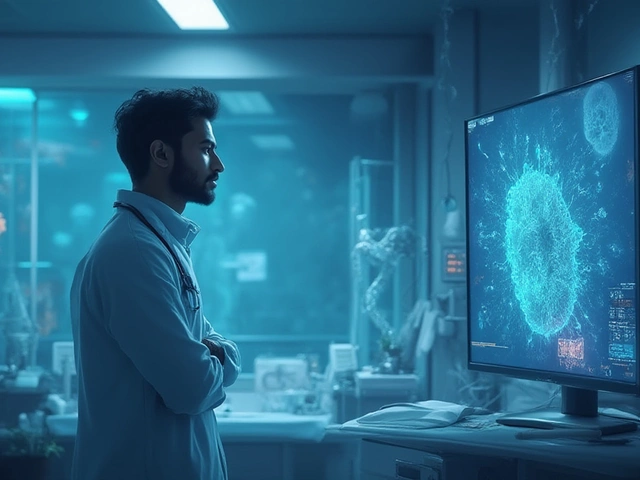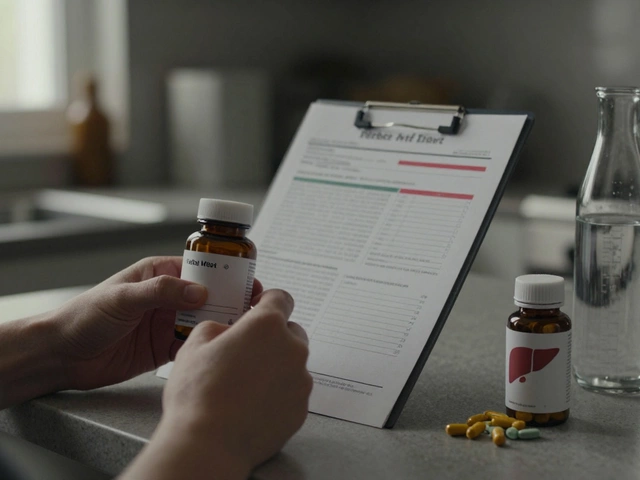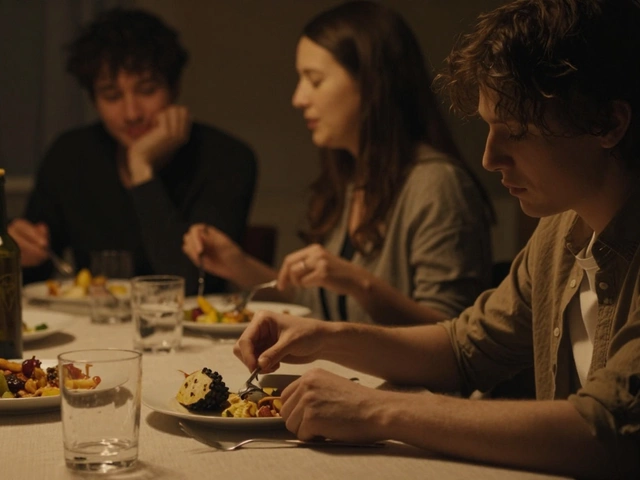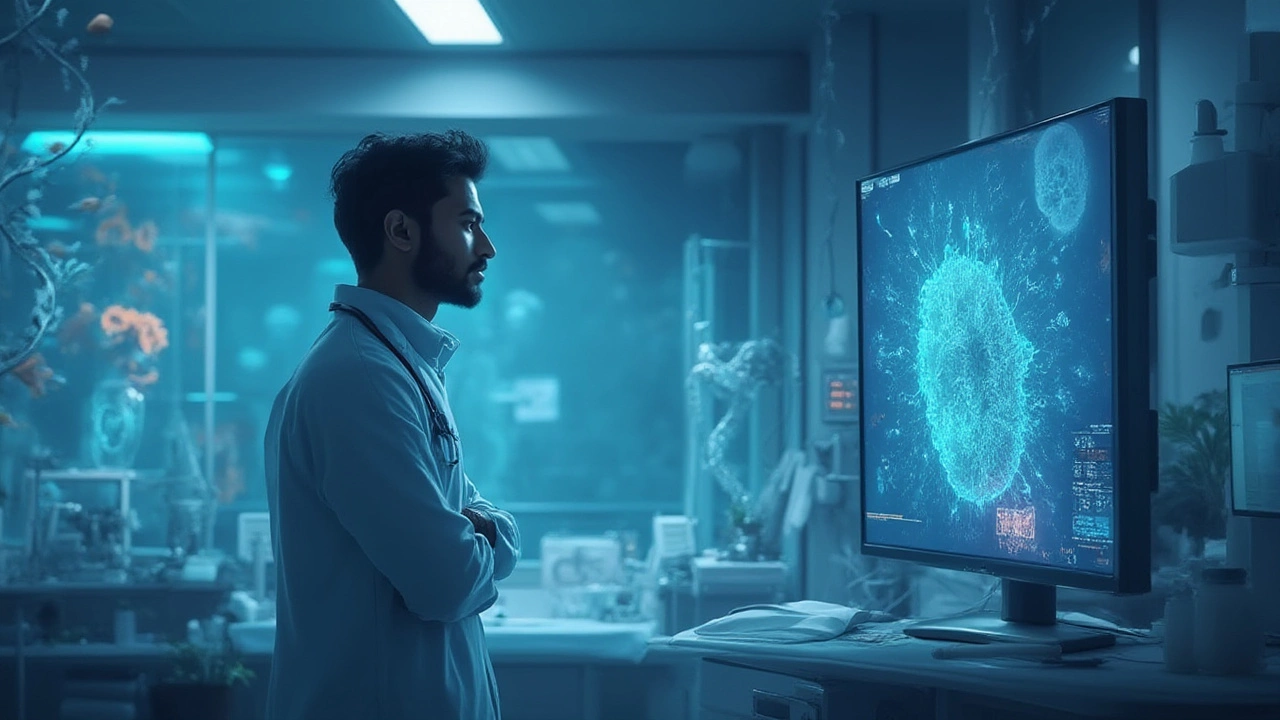
Uncurable Cancers: Why a Cancer Cure Remains Elusive in 2025
You’d think that in a world where we’ve got self-driving cars, CRISPR gene editing, and even AI writing large parts of novels, the word “incurable” wouldn’t stick around medicine for long. Yet, mention cancer at any dinner table, and you’ll see eyes go down, conversations stall, and a big question remains: is there any cancer out there that’s truly incurable today? It’s more than just a scary bedtime story or a plot device in movies. Some cancers still dodge medicine’s best bullets—and I’m not talking about rare, one-in-a-million types.
What Makes a Cancer ‘Incurable’?
Cancer is a catch-all term. It covers over 100 different diseases where some cells go rogue, start multiplying out of control, and refuse to play by the body’s rules. When we say “incurable cancer,” we’re not saying there are zero treatments—but that none can eliminate the disease entirely and restore permanent health. These are cancers that, once they’ve spread or reached certain stages, turn into something chronic, like high blood pressure or diabetes—but with a much, much higher toll.
Let’s get specific. Pancreatic cancer, glioblastoma, stage 4 lung cancer, and metastatic ovarian cancer—they appear in the news not because they’re rare, but because they carry a reputation for resistance. For example, pancreatic cancer often grows silently for years, without obvious symptoms, so by the time someone knows they have it, it's already late. Eight out of ten people diagnosed with pancreatic cancer in the UK won’t survive beyond one year. It’s not just about where the cancer grows; it’s how sneaky it is, how fast it can travel, and how well it dodges drugs meant to stop it.
Sometimes when doctors say “incurable,” it means treatments can control symptoms or slow things down, but a total cure—where there’s no evidence of disease for five or ten years—just doesn’t happen. Brain cancers like glioblastoma are notorious for this. Chemotherapy, radiotherapy, fancy targeted drugs—they can shrink tumors and buy time, but the cancer keeps coming back. Why? Certain tumors sit right in or near critical areas of the brain, making surgery a nightmare. The blood-brain barrier, which is a natural line of defense, keeps out many chemotherapy drugs. Even if you zap nearly every cell, a few survivors can restart the whole mess.
There’s a flip side: “incurable” doesn’t mean hopeless. Thousands are living longer, sometimes years, thanks to new drugs and better care. But we’re not at the finish line—yet.
Cancers with the Toughest Reputations
Start with pancreatic cancer, which has about a 5-9% five-year survival rate in the UK, depending on the stage at diagnosis. Why so deadly? Early symptoms hide, and the biology of these tumors makes them resistant to most chemo. Tumor cells in the pancreas are sneaky: they use complex proteins to signal the immune system to ignore them, and they build a dense barrier around themselves, making it hard for drugs to even reach them.
Move on to glioblastoma in the brain. Not only is this cancer aggressive, but it also infiltrates brain tissue so deeply that it’s almost impossible to remove without damaging key functions like speech or movement. Survival averages just 12-15 months, and less than 5% of people live beyond five years. Treatments haven’t changed much since the early 2000s, apart from experimental approaches like electric field therapy and experimental immunotherapies. But nothing regular folks can count on yet.
Metastatic (stage 4) lung cancer is common and harsh. Around 85% of lung cancers are “non-small cell,” and most are found late, when tumors have already spread. Despite new drugs like immunotherapies, the five-year survival rate for those diagnosed at stage 4 is still less than 10% worldwide.
Check this quick comparison of five-year survival rates (source: Cancer Research UK, American Cancer Society 2024):
| Cancer Type | Stage | 5-Year Survival Rate (%) |
|---|---|---|
| Pancreatic | All Stages | 7 |
| Glioblastoma | All Stages | 3 |
| Lung (Stage 4) | Distant/Metastatic | 5-10 |
| Ovarian (Stage 4) | Distant/Metastatic | 13 |
| Stomach (Stage 4) | Distant/Metastatic | 6 |
Bone cancers that have spread, advanced biliary tract cancers, and some rare blood cancers can also be tough. But for the average person, the cancers above are the name-your-nightmare types.
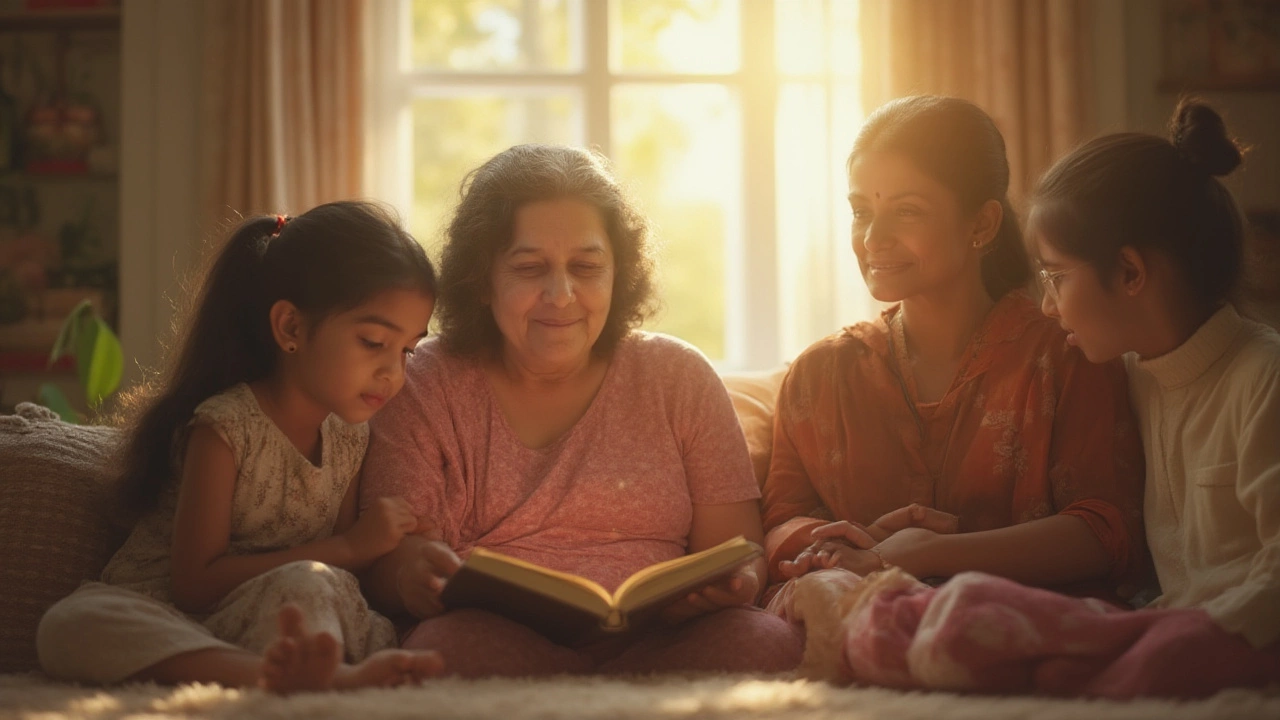
Why Can’t We Cure Them Yet?
People sometimes say, “If we can land on the moon, why can’t we cure cancer?” But cancer isn’t a single disease. Each type—and sometimes each tumor—is genetically unique. Pancreatic and brain cancers, in particular, evolve fast, mutating into new problems almost as quickly as researchers try to solve them.
The body is wonderful at protecting itself, but that comes back to bite us with cancer. For example, the blood-brain barrier is excellent at keeping poisons out but also blocks out most treatments for brain tumors. Cancers deep inside organs (like pancreatic tumors) are surrounded by tough connective tissue, which works like body armor against chemo drugs.
Then there’s this sneaky ability called “metastasis.” Cancer starts in one place and sends tiny outposts to other organs: lungs, liver, brain, bones. By the time someone feels sick or gets a diagnosis, the army of cancer cells could be scattered everywhere, each one a little different in DNA. This confuses the immune system and blunts the power of targeted drugs.
No two tumors, even in the same part of the body, are identical. New sequencing technologies find dozens of fingerprint mutations in every patient. A treatment that melts one tumor might do nothing for another, which makes designing a universal cure a mind-bending challenge.
Another barrier: the way cancer protects itself from drugs and the immune system. Tumor cells can literally “hide” from our body’s defenders and invent backup plans when one pathway is blocked. If you imagine a burglar who always finds a new escape route, you’re close.
Cost and time are big hurdles too. Developing new drugs for rare or complex cancers takes years and billions of dollars. For patients, time is the one thing running out fastest.
Living With Incurable Cancer: Mindset and Everyday Life
“Incurable” sounds cold and final, but for tens of thousands in the UK and worldwide, it describes a new normal. This isn’t about giving up; it’s about living with cancer as a part of life. With advances in treatments, many people with cancer that can’t be cured can live with their disease for months or years, and sometimes much longer than doctors originally predicted.
Chemo, immunotherapy, targeted drugs, and even palliative radiotherapy can shrink tumors, ease pain, and manage symptoms. Digital health tools and regular scans help spot flare-ups early. Most patients mix NHS treatments with alternative therapies—gentle exercise, nutrition tweaks, mindfulness, and sometimes group therapy for resilience and loneliness. The big tip is to find balance: accepting that some things are outside your control, but daily choices—diet, activity, routine—can still make a difference.
It’s not just about medicine. Relationships shift, priorities snap into focus, and conversations that felt impossible at one point become real. Simple joys—a walk in Regent’s Park, homemade curries with family, catching a Chelsea match—become lifelines. Many find new meaning, whether in advocacy, supporting others, or discovering creative outlets. Support groups, both in person and online, offer a space to share everything: fear, hope, frustration, laughs.
If you or someone you care about gets hit with “incurable,” remember that living on your own terms still matters. Tips people find useful:
- Connect with specialist nurses or palliative care teams early—they help with symptoms, not just end-of-life planning.
- Get your support crew: mix family, friends, and folks who “get it,” whether in person or on virtual forums.
- Ask questions—about treatments, side effects, prognosis, and clinical trials. Knowledge reduces fear.
- Work with your doctors to focus on quality of life, not just months added.
- Look into advance care planning—but you get to define what a good day looks like.
And there’s no wrong way to feel. Some people talk, some want quiet, some swing between the two. You’re driving—nobody else.
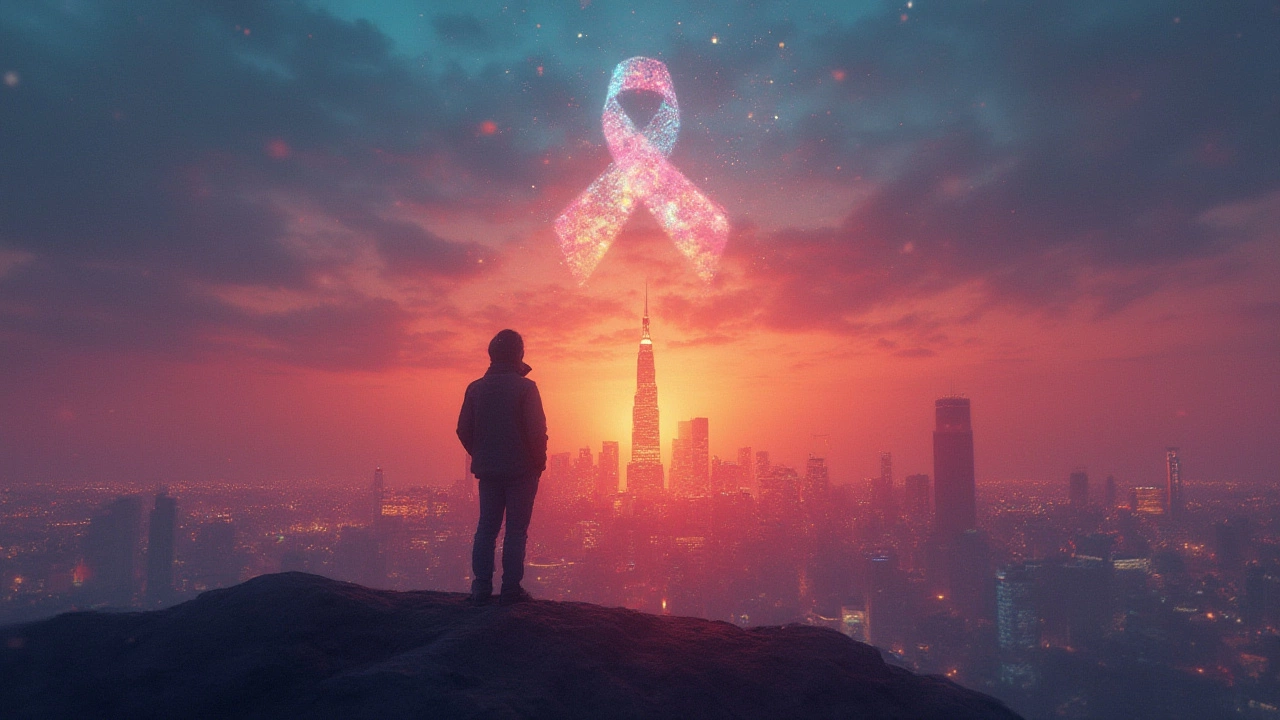
What’s Next: Hope, Research, and What You Can Do
Every week brings news of some new immunotherapy, genetic test, or drug. Just this year, researchers in the UK began clinical trials of tailored vaccines for pancreatic cancer, designed to “teach” the immune system to hunt down even the sneakiest tumor cells. CAR-T cell therapies, once only for rare blood cancers, are being altered for use in tough-to-beat solid tumors—though, so far, results are mixed for pancreatic and brain cancers.
AI and machine learning, for all the hype, are genuinely helping spot problems earlier in scans and finding patterns in gene data that humans would miss. Liquid biopsies, which use a simple blood test, can sometimes catch cancer returning long before symptoms start.
But we’re not there yet. Most big breakthroughs move from labs to treatments slowly, and for now, many doctors focus on making “incurable” cancers treatable as long as possible. Hope comes from clinical trials—about 1 in 5 cancer patients in the UK will join one during their journey. These trials offer access to promising medicines, sometimes years before they hit the market, and give researchers vital information, even if the treatments aren’t magical cures yet.
If you want to help, here are practical steps:
- Consider donating blood or enrolling in tumour tissue banking. Every donation is used in real research.
- Support cancer charities working on new treatments—money really does fund the next breakthrough.
- Encourage loved ones to join studies and trials—not every trial is risky; many simply compare standard treatments.
- Spread awareness about prevention and early diagnosis—more lives are saved this way than through new drugs alone.
Uncurable cancers are a heartbreak, no way to spin it otherwise. But the science, technology, and compassion moving forward are real. And for every grim survival statistic, tens of thousands of researchers, doctors, and even patients themselves are pushing against the odds. In 2025, “no cure yet” means just that—no cure yet. Watch this space.

Arnav Singh
I am a health expert with a focus on medicine-related topics in India. My work involves researching and writing articles that aim to inform and educate readers about health and wellness practices. I enjoy exploring the intersections of traditional and modern medicine and how they impact healthcare in the Indian context. Writing for various health magazines and platforms allows me to share my insights with a wider audience.
Popular Articles
About
Medical Resource Center India is a comprehensive online platform dedicated to providing reliable health information and medical resources in India. Explore a wide range of articles, tips, and advice on medicine, healthcare services, and wellness. Stay informed about the latest developments in Indian medicine and access valuable insights into maintaining a healthy lifestyle. Discover expert guidance and health solutions tailored for every Indian citizen. Your go-to destination for authoritative medical knowledge in India.
